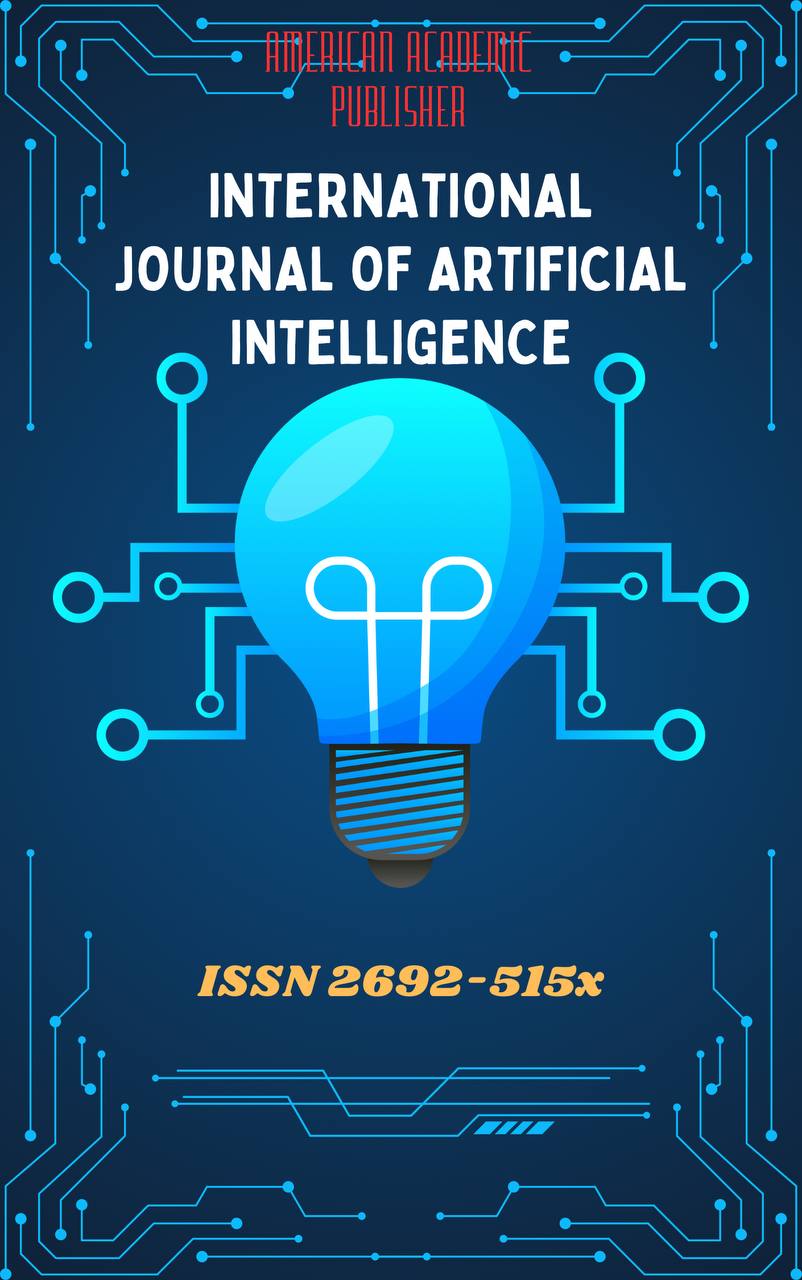 Articles
| Open Access |
Articles
| Open Access | DETERMINATION OF THE CONTENT OF PHENOLIC COMPOUNDS IN RUBUS L. EXTRACT USING THE HIGH-PERFORMANCE LIQUID CHROMATOGRAPHY METHOD
М.М. Мuminov1, O.О. Eshonhujaev2 , 1 - Department of Chemistry, Andijan State University, Uzbekistan, Andijan, Universitetskaya st., 129 2 - Department of Pharmacology and Clinical Pharmacology of Andijan State Medical Institute, Uzbekistan, Andijan, st. Yu. Otabekova, 8Abstract
In this study, the quantitative composition of phenolic compounds in the extract of Rubus L. was determined using the High-Performance Liquid Chromatography (HPLC) method. The Rubus L. plant is highly valued in traditional medicine as a medicinal raw material with immunostimulatory, antipyretic, and anti-inflammatory properties. The primary objective of this research was to determine the concentration of biologically active substances (phenols, flavonoids, and antioxidants) in the plant and to evaluate their pharmacognostic significance. An extract was prepared from Rubus L. leaves using 96% ethanol and the ultrasonic extraction method. The analysis was conducted using a “Shimadzu LC-40 Nexera Lite” high-precision chromatograph. Standard solutions of gallic acid, salicylic acid, rutin, quercetin, apigenin, and kaempferol were employed for calibration. The results showed that the extract contained the highest concentrations of quercetin (1.235 mg/100 g) and rutin (0.785 mg/100 g). These phenolic compounds possess strong antioxidant and anti-inflammatory properties, thereby enhancing the plant’s medicinal value.
The findings indicate that Rubus L. represents a significant natural source of bioactive compounds with potential applications in the pharmaceutical and food industries. Furthermore, the study demonstrates the practical effectiveness of using the HPLC method for determining the chemical composition of medicinal plants.
Keywords
Rubus L., phenolic compounds, High-Performance Liquid Chromatography (HPLC), flavonoids, antioxidant activity, extract, pharmacognosy, biologically active substances.
References
Clark, J. R., & Finn, C. E. (2014). Blackberry cultivation in the world. Revista Brasileira de Fruticultura, 36(1), 46–57. https://doi.org/10.1590/0100-2945-445/13
Kulikov, I. M. (2013). The use of berry crops in folk medicine. Moscow, Russia.
Siriwoharn, T., Wrolstad, R. E., Finn, C. E., & Pereira, C. B. (2006). Influence of cultivar, maturity, and processing on the phenolic compounds and antioxidant properties of Rubus species. Journal of Food Science.
Eshonkhujaev, O. O. (2025). Obtaining and classifying products for folk medicine from the blackberry (Rubus) plant. International Journal of Scientific, 14(1).
Ignat, I., Volf, I., Ignat, G., & Popa, V. I. (2011). Quantitative determination of polyphenols in medicinal plants using HPLC. Revista de Chimie (Bucharest), 62(5), 485–491.
Karpińska-Tymoszczyk, M., Draszanowska, A., & Kaczmarek, A. (2020). Phenolic profile and antioxidant activity of Rubus species extracts determined by HPLC-DAD. Food Chemistry, 326, 126927.
Hakkim, F. L., Shankar, C. G., & Girija, S. (2008). Chemical composition and antioxidant property of Rubus ellipticus fruit extract. Journal of Medicinal Plants Research, 2(10), 250–255.
Scalbert, A., Johnson, I. T., & Saltmarsh, M. (2005). Polyphenols: Antioxidants and beyond. American Journal of Clinical Nutrition, 81(1 Suppl), 215S–217S.
Duda-Chodak, A., Tarko, T., & Satora, P. (2011). Antioxidant activity and total phenolics in selected traditional herbal infusions. Plant Foods for Human Nutrition, 66(3), 211–219.
Chanda, S., & Dave, R. (2009). In vitro models for antioxidant activity evaluation and medicinal plants possessing antioxidant properties: An overview. African Journal of Microbiology Research, 3(13), 981–996.
Article Statistics
Downloads
Copyright License

This work is licensed under a Creative Commons Attribution 4.0 International License.

